Unit Code: TDF503
Unit Name: Shipboard Familiarization
Description: This unit allows students to know the Meaning of Common Nautical Terms which would apply to the work and basic navigation of fishing vessels. Names and functions of the various parts of a fishing vessel including gear and equipment. Marine Compass (Gyro Compass); Its use for steering, precautions required when using a compass and automatic pilot. How to keep a proper lookout. Recognition of lights and shapes, and an elementary knowledge of the steering and sailing rules as contained in the international collision regulations. The characteristics and use of the various types of ropes wire and chain to be found on fishing boat, precautions to be observed when handling ropes and chains. The knots and splices in common use. means used to prevent the end of the rope or wire from fraying. Stoppers. How to steer. The use of winch and windlass. The rigging and use of derricks. Preparing a fishing vessel for sea and for heavy weather. Boat cleanliness, deck maintenance, personal safety. Proper use of distress signals carried by fishing vessels. Proper use of radio telephone and VHF in emergency. Proficiency in survival craft and personal survival techniques. Prevention of marine pollution. Introduction to fish handling. Maintenance and operation of fishing gear and equipment. Overview of Pacific Fisheries. The rights, responsibilities and obligations of fishing vessel crews.(Navigational aids - magnetic compass, gyro compass, sextant, bearing instruments, their construction errors and use. Chart- abbreviations and symbols, type of charts and chart reading. Sounding instruments- lead lines and echo sounder, their principles and use. Measurement of speed, patent log and electric log, principle and construction. Pilot signals, distress signals and penalty for their misuse, procedure for sending distress signals by radio telephony. Fire fighting and life saving appliances to be carried on board a fishing vessel as per rules. Their maintenance curriculum, day and night signals for vessel engaged in fishing. Manning requirement of fishing vessel. Electronic navigation and Communication aids - radar, sonar, decca, omega, loran etc; Principles of radio transmitter and receiver, direction finder, auto direction finder, V.H.F. radio telephone, DECCA navigator- parts and functioning. Sonar block diagram, functioning; Net sonde- trawl eye- trawl link radar, video, G.P.S.Practical: Changing from true course to compass and from compass course to true course with or without wind. To find the course to steer time required from and to given positions. To find position reached after steering a given course and speed. To find the position of the vessel by the different methods and to find compass error and deviation by transit bearing of two shore objects. To study different types of knots and bends and their use at the sea. Operation of echo sounder, V.H.F. sonar, satellite navigator, radar, direction finder- preparation of block diagrams. Global positioning system.
Learning Target Outcomes:
Prerequisite: N/A
Prerequisite Sentence: None
Credit Point: 15
Offered In: Semester 1